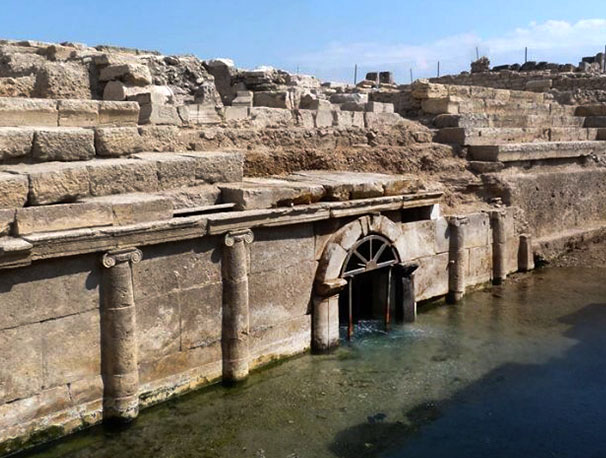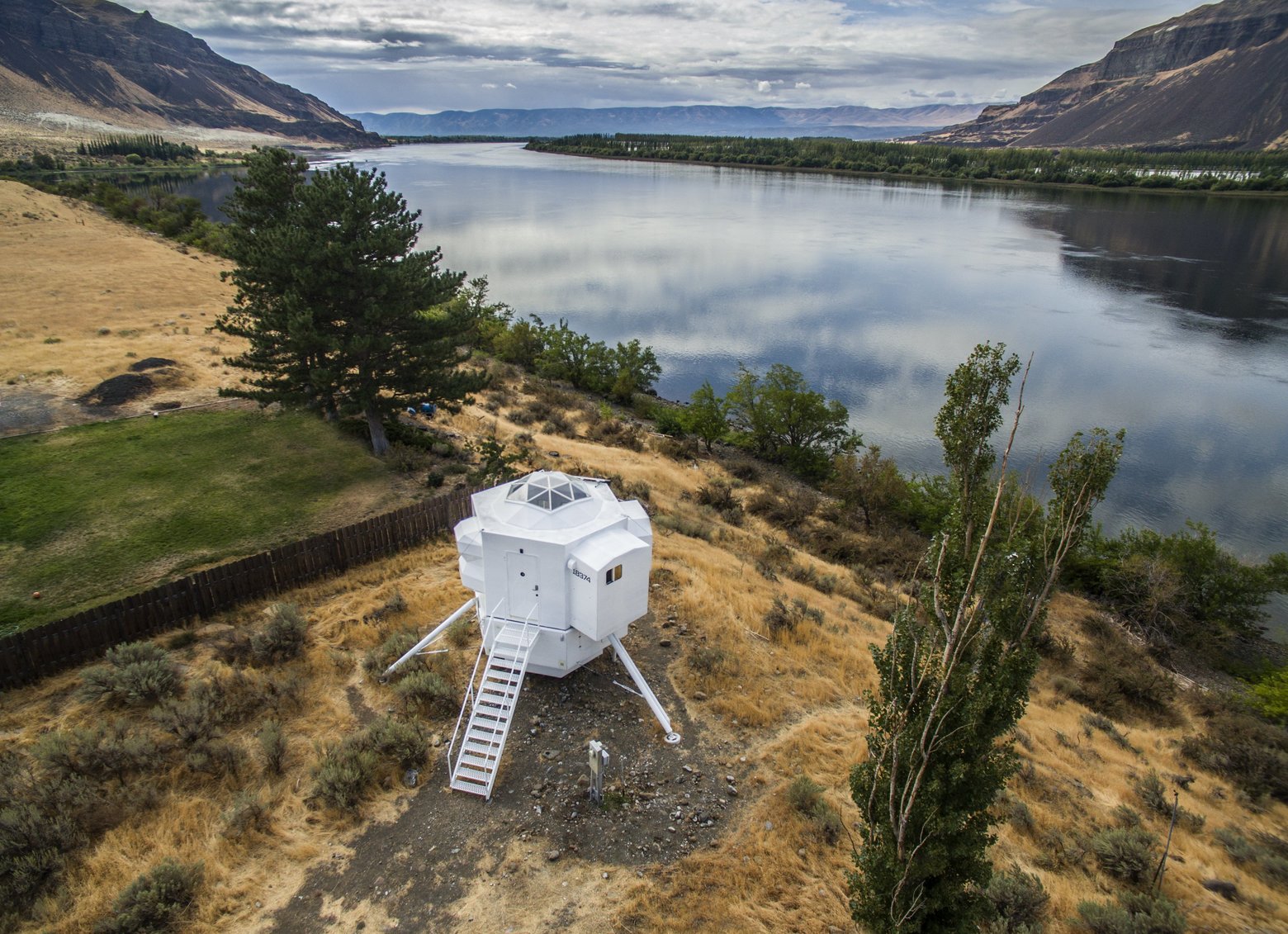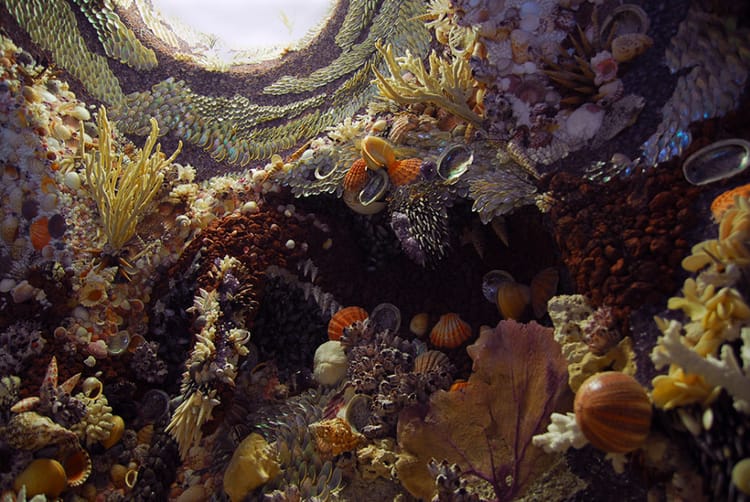from ancient hallucinogens break to new discoveries
hello friends, we’re back! My mind is completely blown by this Twitter thread, which talks about a mystery that dates back to the Roman period—how the Ploutonian at Hierapolis operated. Basically, priests would lead animals into a cave, and the animals would emerged, dragged by the priests, dead. Archaeologists have discovered that due to volcanic activity in the region, there was—and still is!—CO2 emerging from the ground. Since CO2 is heavy, it sank to the ground, where the animals would be asphyxiated, but the priests would stay alive (!!!) Check out the full thread here.

(also they suspect the Pythia was influenced by ethylene gas seeping up the floors at Delphi too—I am delighted that this was A Thing and not just oracles making things up!)

Three looks into food, and one into containers. The first, into ketchup, and how unlike other foods—pasta sauce, mustard—that have many varietals, ketchup is dominated by Heinz by a wide margin (22 min read, but worth it!). Two perfect complements are this history of the Tater-Tot, which contains the phrase “These were all gobbled up faster than a dead cat could wag its tail,” which is a delight, as well as a reminder of when my sister submitted Tater-Tots as our family recipe for a school cookbook, which is honestly fairly on brand for us as a family (we just found the original document and are framing it—obviously). To close us out, a piece on Japanese Kewpie mayonnaise, which is probably the best mayonnaise on earth.
Having grown up in Los Angeles, I didn’t realize doughnut boxes couldn’t be pink, and I love that the LA Times did a deep dive into how they came to be—it all comes down to price—and how they became ubiquitous.
Boris Karloff’s guacamole recipe is A Lot:

I recently finished Emily Wilson’s translation of The Odyssey, which is the first by a woman into English, and very good. She’s incredibly clear about how difficult translation is (this before the realization that she did it in iambic pentameter), and her way of thinking about these characters feels fresh and new. Here’s how she discusses translating Odysseus’ epithet, polytropos, which literally means “many-turning,” but she chooses to translate as “complicated.”
“You want to have a sense of anxiety about this character, and that there are going to be layers we see unfolded. We don’t quite know what the layers are yet. So I wanted the reader to be told: be on the lookout for a text that’s not going to be interpretively straightforward.”
Atlas Obscura dives into the word “dagnabbit” and how words can change to be less offensive (see “frick”) by slight tweaks, which is how we eventually get dagnabbit from goddammit.

I am so in love with this "replica" of a LEM that a naval architect has built. It is perfect.

Jeremy Irons is living the dream, by which I mean he owns an Irish castle and is restoring it himself. I’m also furiously jealous of the people who live in turrets in New York City—this piece highlights quite a few of them. On the complete opposite end of the spectrum, an analysis of why all new apartment buildings in America look the same (cheap, balloon construction, mostly!) and here’s a shot from Jeremy Iron’s castle to act as a chaser:

etcetera The Genetic Divide Between NYC's Uptown And Downtown Rats. Daniel Radcliffe embedded in the New Yorker fact-checking department and wrote about it. The last remaining leech house in the UK.


